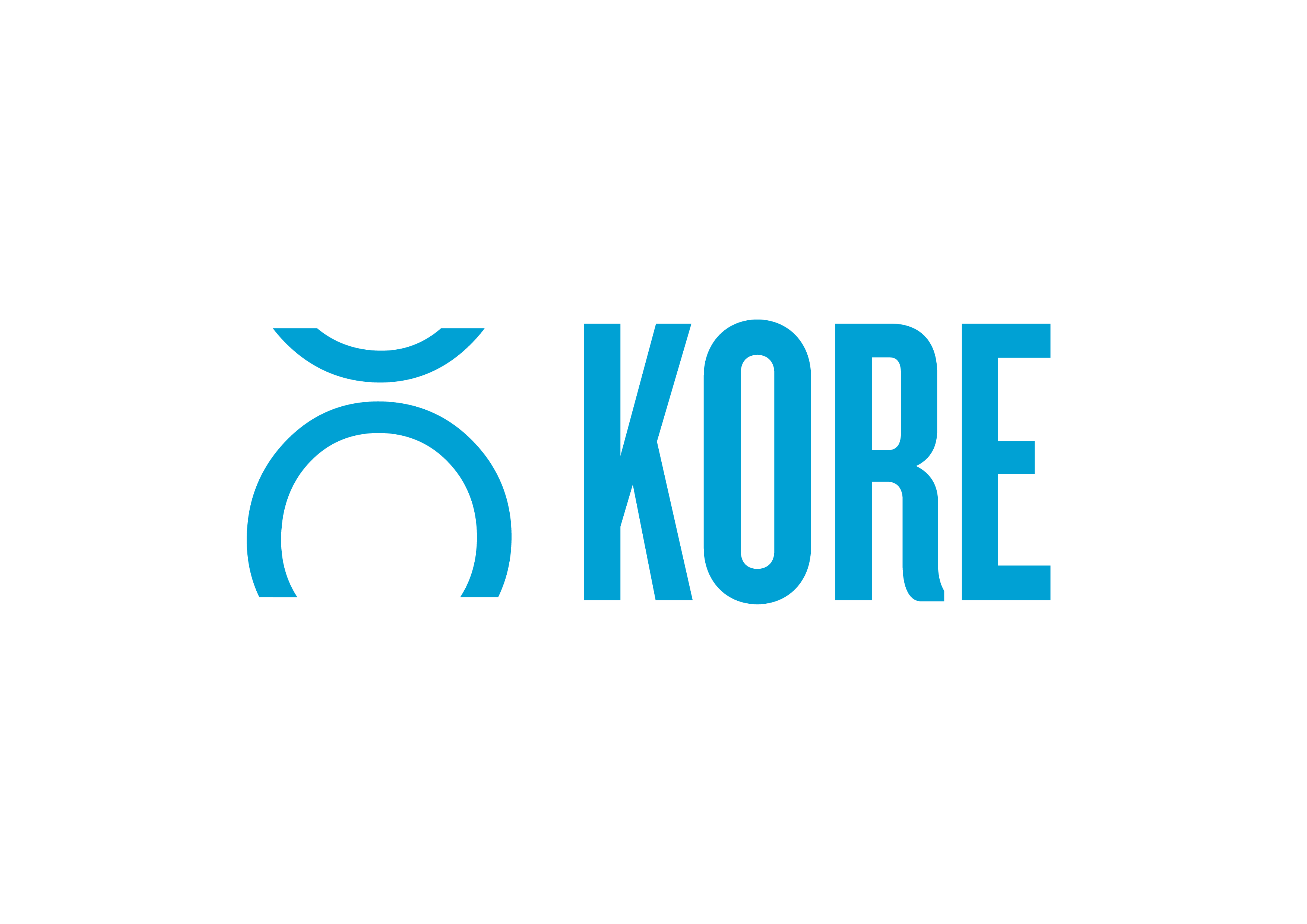Leading up to the annual NCAA awards ceremonies and ensuing college football bowl games, Sports Business Journal hosted their annual Intercollegiate Athletics Forum (IAF) in New York City. With Learfield IMG College as the title sponsor, attendees were treated to a mix of valuable content designed to help build and protect college athletics. The list of speakers included subject matter experts, both working internally and externally with the NCAA.
There were three consistent topics discussed across all sessions; name, image and likeness (NIL), player health and safety (both physical and mental), and broadcasting/media influence. All of these topics were approached by different perspectives, including athletic directors and commissioners, student athletes, a foundation, and third-party vendors.
Name, Image, Likeness
NIL has been a topic of debate in the sports industry for decades, but it made strides earlier this year when California signed the Fair Pay to Play Act into law, which allows student athletes of California colleges to be compensated for commercial use of their name, image, and likeness. Although on paper this sounds like a basic right for famous athletes, there are many complexities behind allowing students to get paid as if they’re employees.
Many arguments exist for both sides of this debate, the obvious one being that high-profile athletes are helping draw hundreds of millions of dollars for their schools and conferences through broadcasting. On the other side, a level of fairness across sports and schools is necessary. We heard from student athletes at the IAF and learned how the opportunity of sport has changed their lives. Although participation in other athletics has increased over the years, football and basketball are by far the largest revenue drivers for colleges and, in some cases, bring in enough money to keep entire athletic programs afloat. With uneven revenue generation, is it fair to have uneven pay towards students with the same status on campus?
If bigger schools are able to offer more than smaller schools, it could create an even larger distribution gap and take away opportunities. Unlike the Olympic model, which has been a basis of arguing how student athletes can be paid, student athletes choose who they compete for. This option of choice is unique to college athletics; even the professional model has a draft and trades. Choice only comes into play during free agency after a player is already established, and a senior out of high school is hardly in the same position.
Health: Mental and Physical
Health and safety are a concern in all facets of life these days, not just college sports. Mental health was a much larger focus than I anticipated during the conference and the panels could not have stressed this more. High-profile athletes out of high school are entering college already with a media following, which is now extremely measurable with advanced analytics. Every highlight, comment, and press conference is now immortalized on the internet for the world to see. This provides tremendous opportunities for athletes and brands to work together, but having 18-22 year-old athletes receive potential floods of criticism from emotional strangers is unprecedented.
Mental health has affected student athletes in different ways. Between classes and practices, these students have to literally schedule out when they are going to relax. Since athletes are already physically stronger than the average person, there is a stigma about how athletes need to be mentally tougher than anyone out there, a reputation that the Hilinski’s Hope foundation wishes to distinguish. Hilinski’s Hope, founded by student-athlete Tyler Hilinski’s family, has been making it their mission to raise awareness and funds to help students and their families destigmatize mental illness and cope with their daily struggle.
Deep down the ones we see suiting up for their schools are still just young adults trying to find their way. We can see when a player rolls an ankle or pulls a muscle, but we can’t see the mental hurdles they experience. While there’s always more to do, schools have already made counseling more accessible and these institutions are committed to continuing this effort.
Media Influence
Media influence, both traditional and social, was a topic of discussion that tied everything together. Major conferences now have their own television networks and are compatible with streaming platforms, with the Atlantic Coast Conference (ACC) being the largest of the recent additions. There is so much competition for consumers’ time that these conferences want to show quality competitions as much as possible, not just load the schedule with more games. For example, the Big 12 noted they’ve seen a 1.5-2.5% decline in cable subscriptions recently so they’re pushing for more quality content on their streaming platforms.
Student athletes have been able to leverage their stardom by gaining a following prior to their professional debuts. INFLNCR, a social media company, helps provide athletes with content for themselves. I was shocked to learn how difficult it was for athletes to get good action shots of themselves without resorting to Google. According to their research, fans are more likely to interact with and post about individual players on social media than the team they play for. Recruits are even more likely to follow college athletes rather than the schools’ athletic accounts. If we aren’t already, this trend indicates we should be seeing more sponsorship dollars flowing directly to athletes rather than just the teams.
Having Learfield IMG College as the conference host, we received excellent perspective from the business, athlete, and family side of collegiate athletics. Broadcasting, social media, and streaming are all going to the be the center of attention over the next four weeks during bowl season – stay tuned!

KORE is the global leader in engagement marketing solutions, serving more than 200 professional teams and 850+ sports and entertainment properties worldwide, providing practical tools and services to harness customer data, facilitate sponsorship sales and activation, and create actionable insights.




